Jobs To Be Done (JTBD) in product design

What is JTBD, how to use it in product design, JTBD vs User Persona
Product design success depends on how well the product satisfies the customers’ needs. The better the product satisfies the needs, the more likely it will perform well on the market. Jobs To Be Done is a framework that can help product designers identify the true needs of their customers.
In this article, I will discuss what JTBD is and how designers can use it when creating a product.
What is JTBD
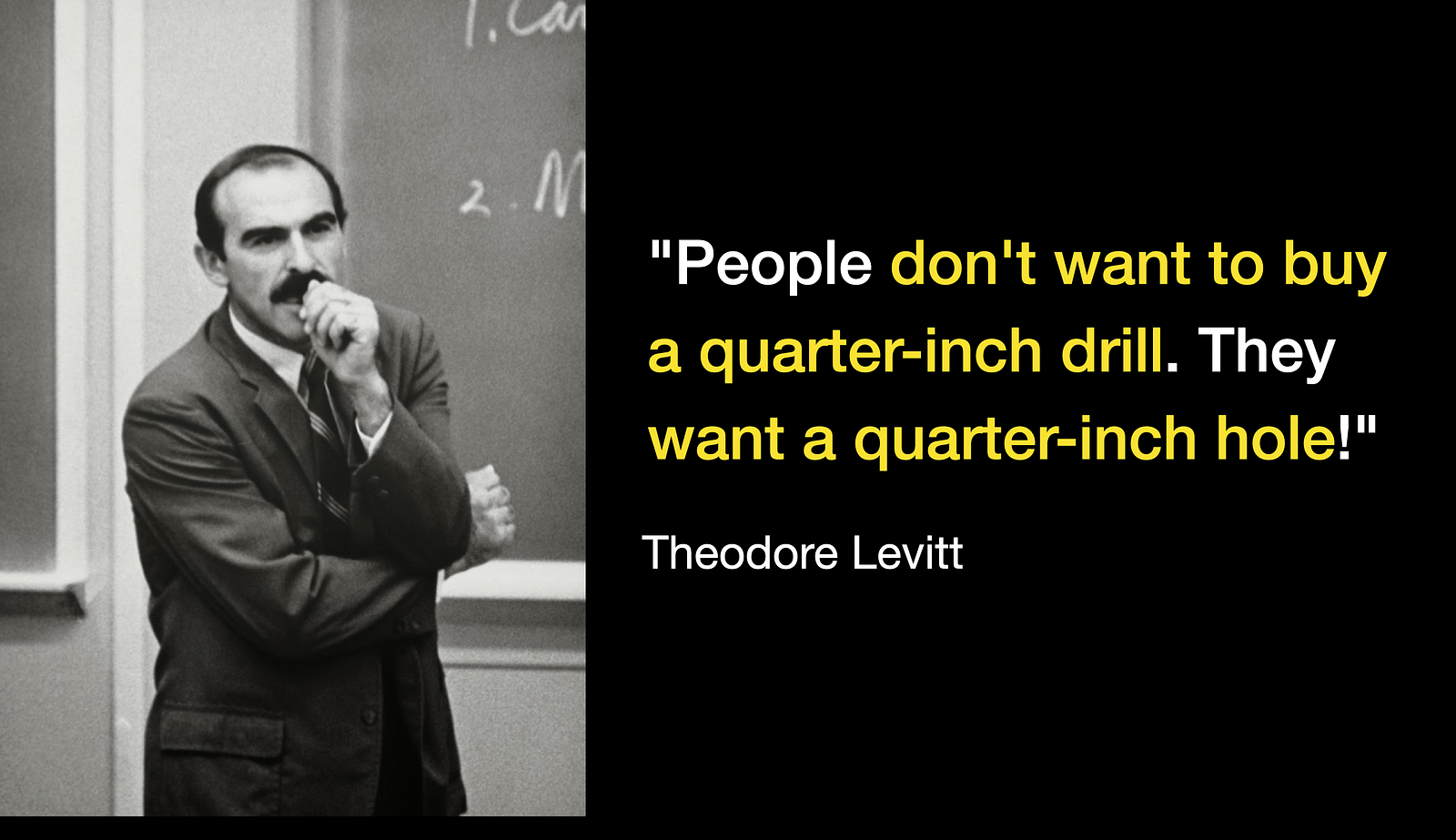
JTBD framework is best defined as a perspective — a lens through which we can observe your customers and their needs. People hire a product to do a job. A job is not a task; it is progress toward a goal that a person is trying to achieve. When a customer evaluates your product, they compare it with other solutions. Solutions might not necessarily be a competitor product.
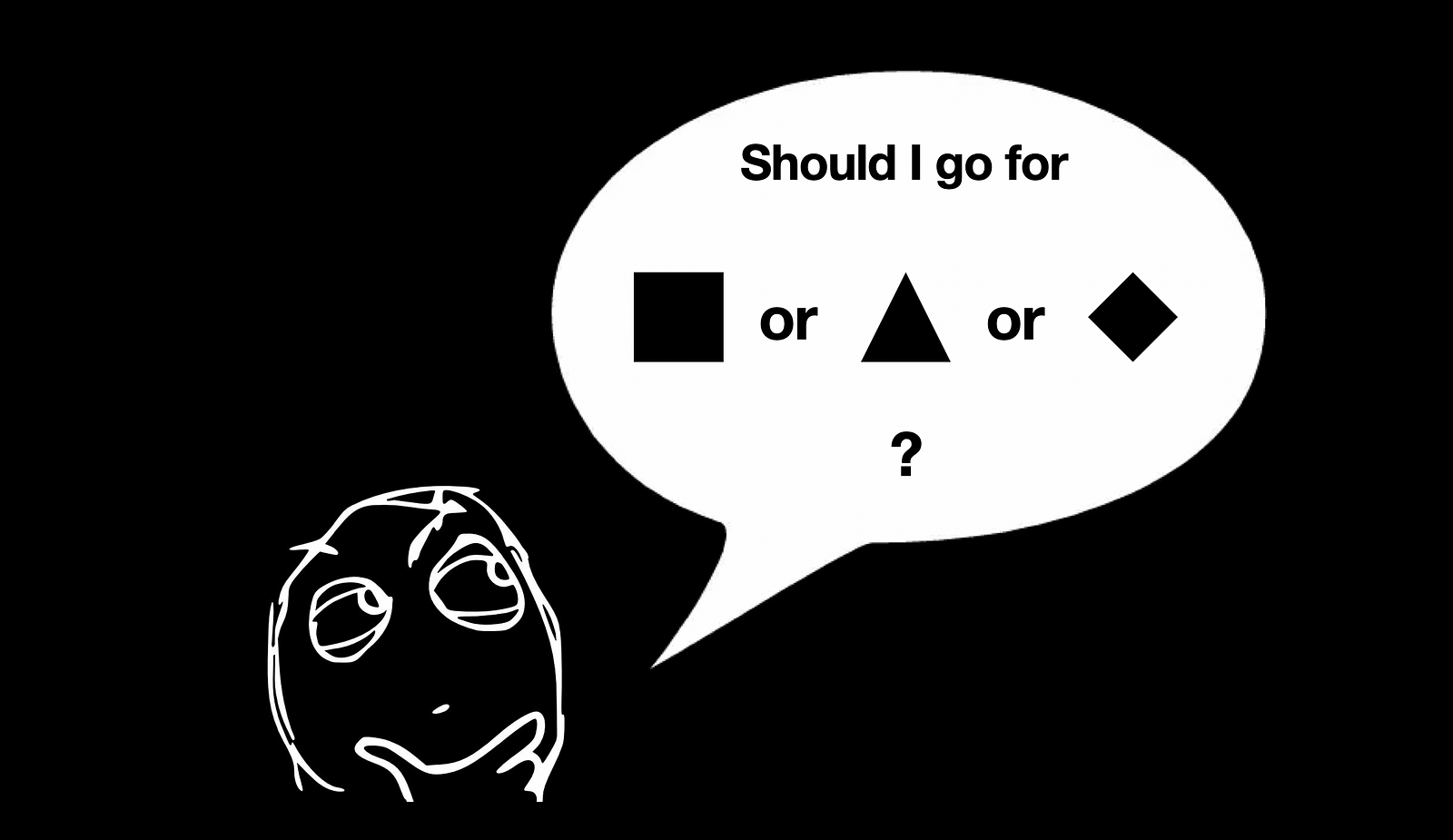
For each job, you should also have the desired outcome. People use desired outcomes to judge whether a solution they have is meeting their job or not. It’s possible to express the desired outcome in the form of a statement (or a series of statements) with a few variables such as Direction, Metric, or Qualifier.
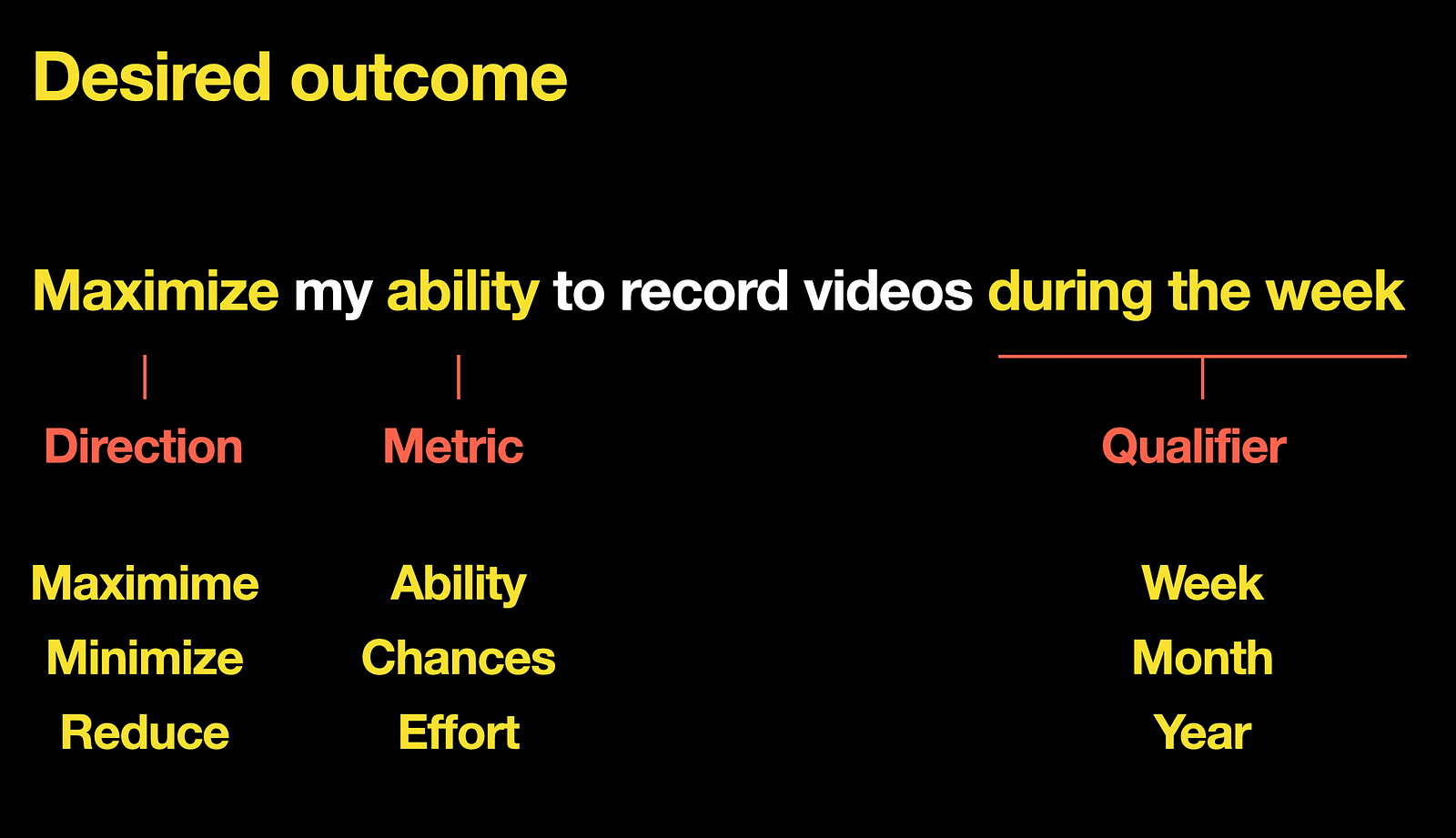
How to define jobs
The best way to define jobs is to talk to people who represent your target audience. Ask about what people want to accomplish and then frame the answer in a format of a job.
A quick tip: Never ask people, “What do you want?” Its unlikely people will give you a proper answer to this question.
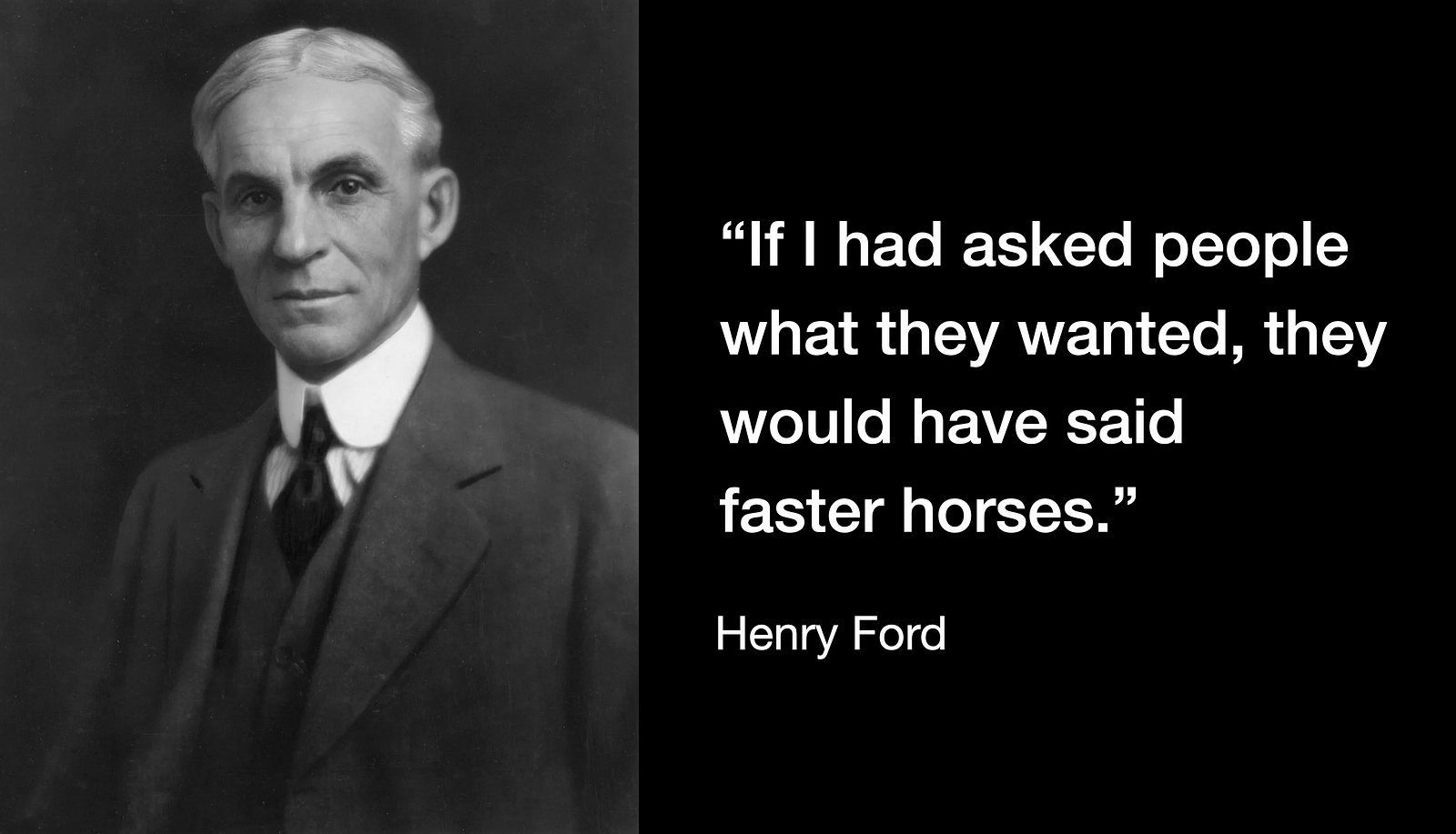
You need to understand what drives people to buy a product. And the questions like “What do you try to accomplish?” Or “What is the reason you buy product A?” will help you identify the job (or jobs) users try to accomplish.

Once you have the insights from your users, you can use a job story template to frame them in a format of a story. Job story.

How JTBD can be used in product design
JTBD is a lens that we can use in many different ways.
Discover value
Product designers can use JTBD to find new opportunities for a product they design. The framework can be very useful during user and market research.
JTBD will make you constantly ask questions like:
- What jobs do people hire the [product] for?
- Why do they buy the [category of products]?
- Why don’t they buy the [category of products]?
Design valuable solution
JTBD can help you design valuable solutions. It is particularly useful when you evaluate the features you want to add to your product. Whenever you want to introduce a new feature, you always evaluate it from the perspective of the value it brings to users. It will help you avoid a situation when you release a new feature just for the sake of releasing a new feature.
Communicate solution to stakeholders
JTBD will help you communicate design solutions to stakeholders. You can present your solution in a way that makes sense to business people.
JTBD describes the “better me.” Customers are looking to improve their lives. A person hires a product to achieve more. When you use JTBD, you can answer the “How will our product make customers’ life better from their perspective?” question, and the answer becomes a strong argument for your stakeholders.
Communicate value to market
JTBD will help you communicate value to the market. It can help you to use marketing language when you advertise your product.
This is a famous Apple iPod ad. This ad doesn’t describe the technical specifications of this device. Instead, it focuses on user needs. Back in the early 2000s, users wanted to have their media collection on a portable device that fits a pocket of their jeans so they could take it anywhere.
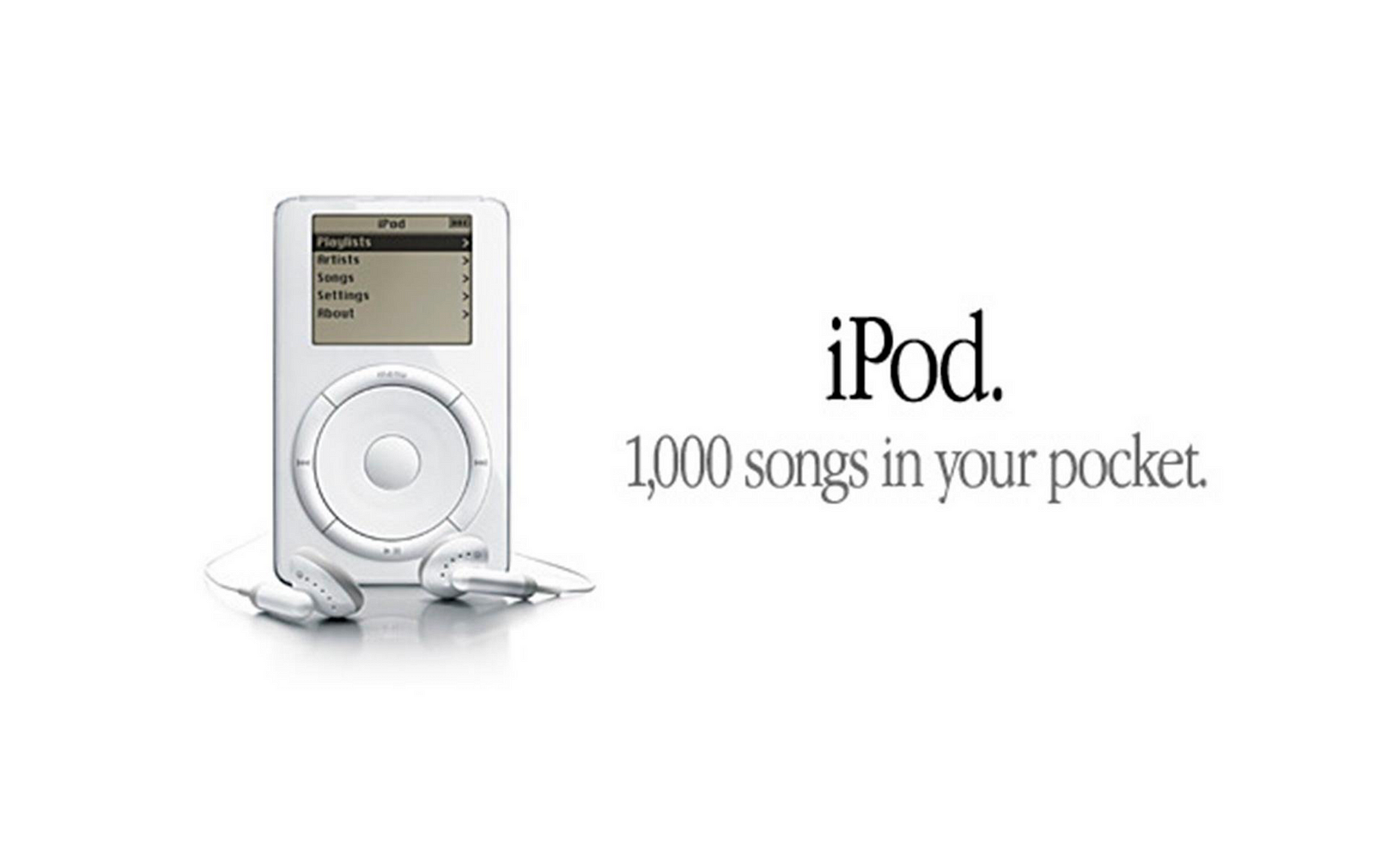
Jobs to be Done vs. Personas
User personas are fictional characters representing a group of users that might use your product similarly. User persona can help you understand who the target user is behind the scenes. The user is more than just a customer, the user is a human being with goals, frustrations, motivations, and real-life challenges. And when we outline all this information in a format of a document, we can use it as a reference during product design.
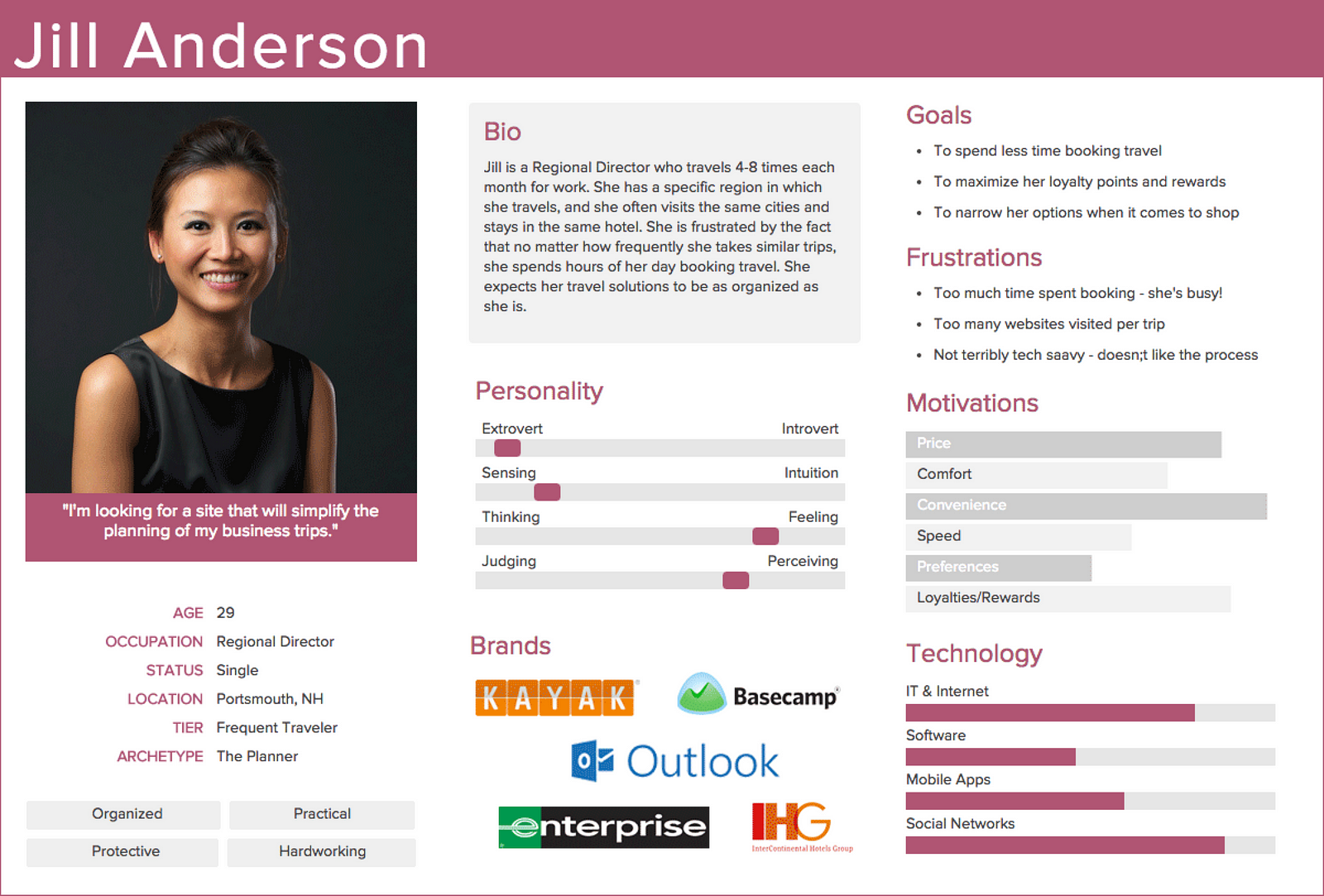
Well-designed persona has an opportunity to become a user archetype that product teams use to assess design decisions.
But persona has one critical issue — it’s fictional. Of course, we create a persona based on user research, but we make a lot of assumptions about how users will interact with a product. As a result, we might be wrong in our assumptions.

Jobs to be done, on the other hand, are rooted in real needs that people have. Does it mean that we should replace personas with JTBD?
No.
In fact, we can and should use user personas and JTBD to outline our target users. Personas are great for building empathy toward your users, but they are less actionable. Persona doesn’t focus much on what the user is trying to accomplish using your product. JTBD, on the other hand, cares less about the psycho demographics of a customer; instead, it focuses on what they achieve using your product.
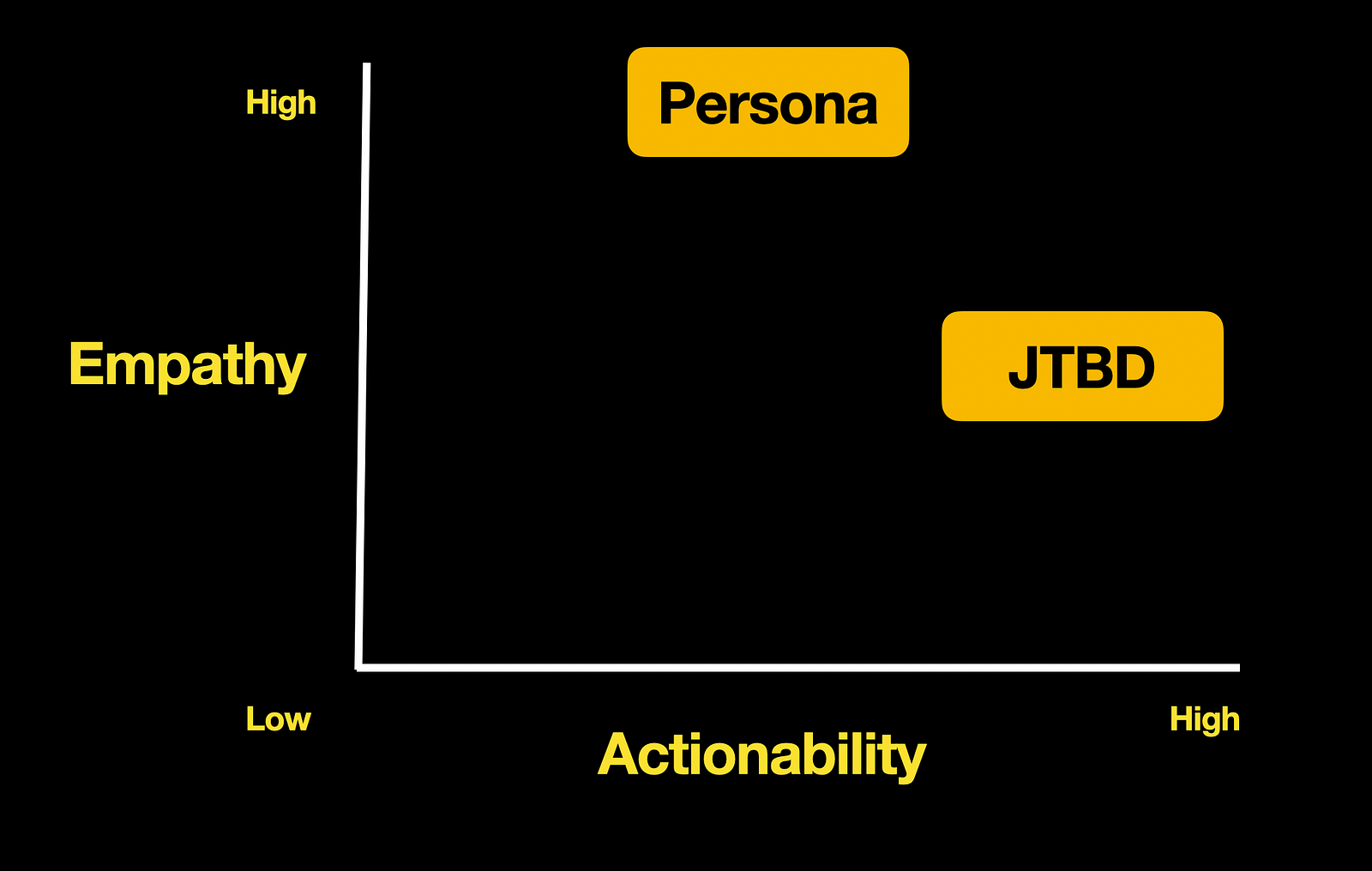
Personas used together with the JTBD can maximize the effect of using qualitative data about your users. First, you create personas and then use JTBD to understand the actions. Personas will help you distinguish your users by demographics and the goals they want to achieve. And JTBD will help you think about users from a perspective of their true needs, so you can define the utility your product should have to help the user to complete specific tasks.